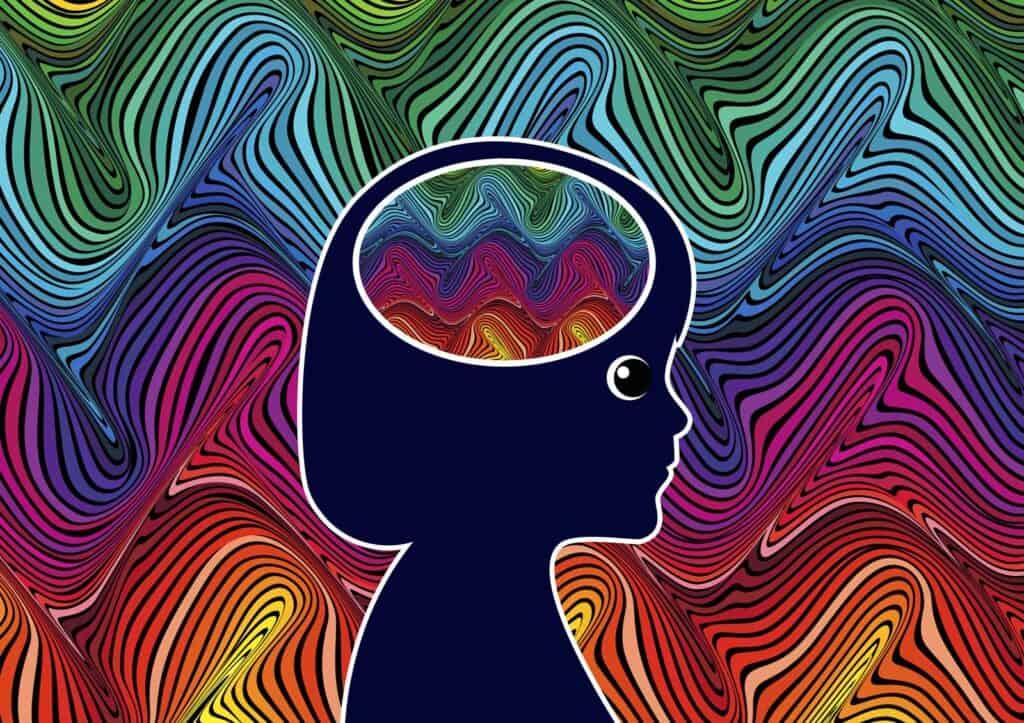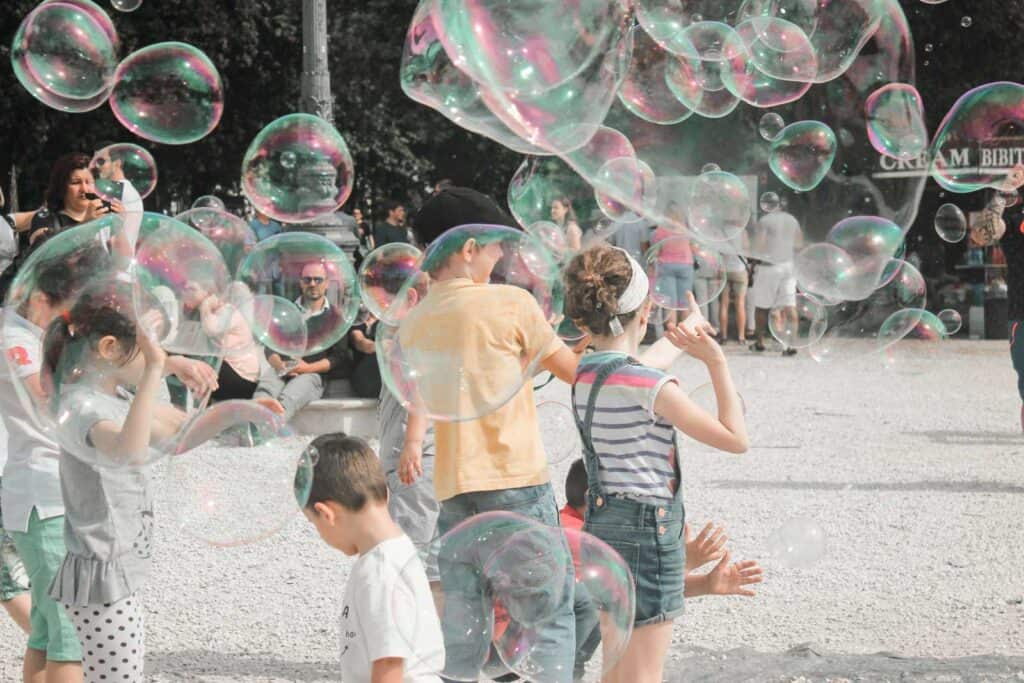Autism
Autism is a developmental disorder that affects communication, social skills, and behaviour. It can be difficult for people with autism to interact socially or express themselves verbally.
A study done in 2012 by the University of North Carolina found that one type of therapy called sensory lighting shows promise in helping children with autism spectrum disorder improve their focus, communication, and social skills.
What is sensory lighting therapy?
Sensory lighting therapy is a type of therapy that uses light to stimulate the senses. It can be done in various ways, but typically it involves exposing the person to different types of light, such as bright, soft, pulsing, and coloured light.
Some evidence suggests that sensory light therapy can help children with autism spectrum disorder improve their focus, communication, and social skills. Some parents have also reported that their children seem calmer and more regulated after receiving sensory lighting therapy.
If you are considering sensory lighting therapy for your child with autism, be sure to consult with a therapist or doctor first.
Why is it important for children with autism?
Sensory lighting has been found to help children with an autism spectrum disorder in many ways. Sensory lighting can help improve focus, communication, and social skills. It can also calm the senses and help regulate emotions. Visual stimuli experienced by an autistic individual may vary significantly from those without autism and may lead to uncomfortable symptoms, including light sensitivity.
Some of the benefits of sensory lighting for children with autism include:
- Improve focus
Sensory lighting has been found to help improve focus in children with an autism spectrum disorder. Children can learn and communicate more effectively when the brain can focus better. Sensory lighting can also help regulate emotions, leading to improved focus.
- Better communication skills
Many children with autism struggle with communication skills. Sensory lighting has been found to help improve communication in these children. The bright lights and colours can help the brain process information, improving communication skills.
- Social skills
Sensory lighting can also help improve social skills in children with an autism spectrum disorder. Bright lights and colours can help the brain process social information, enhancing social skills.
- Calming senses
Sensory lighting can also help calm the senses in children with an autism spectrum disorder. The bright lights and colours can help the brain process information, leading to a calmer mind. This can be helpful for children who are overly stimulated or have difficulty regulating their emotions.
- More regulated emotions
Sensory lighting can also help regulate emotions in children with an autism spectrum disorder. The bright lights and colours can help the brain process information better, leading to more regulated feelings. This can be helpful for children who are overly stimulated or have difficulty regulating their emotions.
- Increased alertness
Increased alertness in 75% of children with autism spectrum disorder who used light therapy to regulate sleep patterns.
- Sleep patterns
Sensory lighting can also help improve sleep patterns in children with an autism spectrum disorder. The bright lights and colours can help the brain process information, leading to improved sleep patterns.

How sensory lighting works
Sensory lighting works by stimulating the senses with bright lights and colours. This can help the brain process information better, improving focus, communication, and social skills. The bright lights and colours can also help calm the senses and regulate emotions. Sensory lighting is a safe, non-invasive treatment option that is helpful for many children with an autism spectrum disorder.
Autistic people have been related to aberrant pupillary light reflexes, which pertain to how the pupil reacts to and adjusts to the brightness of diverse light sources. Photosensitive retinal ganglion cells—implicated in migraine-related light sensitivity—are critical in this process, implying that impairment may affect how autistic people experience light similarly. (3).
Surprisingly, individuals with autism show physical differences in the architecture of their central nervous systems. There is also evidence that they have a lower neurological threshold for environmental stimuli such as light. These physiological differences contribute to the various visual and behavioural changes that people on the autism spectrum experience. (1,3)
Another cause is sensory overload. When bright illumination is added to an already visually confusing setting, it may cause intense or painful light reactions. This is exacerbated further by the intensity of the light, specific wavelengths, and any intense glare. As a result, the brain gets confused, making it challenging to process light stimuli. (4)
Amberlights Sensory Lighting Lamps
Aum sensory lighting. The designs were inspired by sacred geometry, and the light patterns were cast with good use of pink, green, and yellow light waves, creating a calming effect on our mental senses. The result is sensory lighting that can benefit anyone, not just children. They help calm, relax, reduce anxiety and stress, enjoy life, lift moods, and offer tactile input. Whether you are looking for sensory lighting for a child with autism or want to enjoy the benefits of sensory lighting for yourself, our Aum series is a perfect choice.

Conclusion
Sensory lighting has been found to help improve focus, communication, and social skills in children with an autism spectrum disorder. The lights can also calm the senses and regulate emotions. If you know someone struggling with autism, consider recommending sensory lighting as a possible treatment option.
FAQ
Sensory lighting is a type of lighting that can help children with autism focus, communicate and socialise better. The lights can also calm the senses and regulate emotions.
What are the benefits of sensory lighting for children with autism?
Sensory lighting has been found to help improve focus, communication, and social skills in children with an autism spectrum disorder. The lights can also calm the senses and regulate emotions.
How does sensory lighting work?
The science behind how sensory lighting works is still being studied. However, it is thought that the lights may stimulate certain brain areas linked to focus, communication, and social skills. Additionally, the lights may help to regulate emotions by calming the senses.
Is sensory lighting a proven treatment for autism?
More research is needed to determine if sensory lighting is a proven treatment for autism. However, there are many parents and caregivers who swear by the benefits of the lights.
If you know someone struggling with autism, consider recommending sensory lighting as a possible treatment option. The lights may help improve focus, communication, and social skills, calm the senses, and regulate emotions.
Works Cited
1. Coulter RA. Understanding the visual symptoms of individuals with autism spectrum disorder (ASD). Optom Vis Dev 2009;40(3):164- 175.
2. Howe FEJ, Stagg SD. How Sensory Experiences Affect Adolescents with an Autistic Spectrum Condition within the Classroom. Journal of Autism and Developmental Disorders. 2016;46:1656-1668. doi:10.1007/s10803-015-2693-1.
3.Sperandio I, Unwin KL, Landry O, Chouinard PA. Size Constancy is Preserved but Afterimages are Prolonged in Typical Individuals with Higher Degrees of Self-Reported Autistic Traits. Journal of Autism and Developmental Disorders. 2017;47(2):447–459 doi:10.1007/s10803-016-2971-6.
4. Light Sensitivity and Autism, ADHD, SPD, and Developmental Delays https://epidemicanswers.org/light-sensitivity-and-autism-adhd-spd-developmental-delays/
